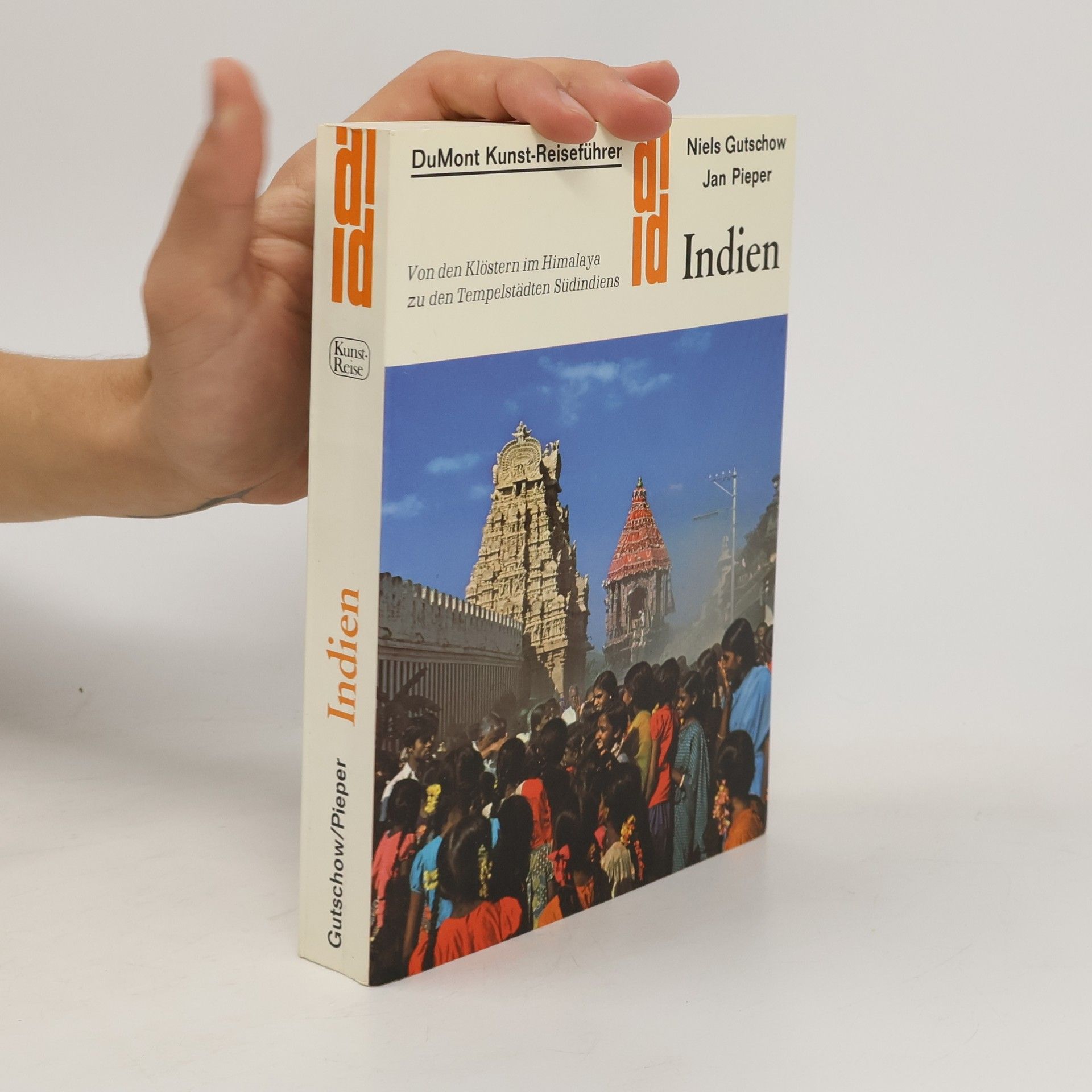The final chapter is dedicated to stone in modern art. The Surrealists of the 1920s were 'stricken with sculptural fever' when confronted with 'living stones'. André Breton explained his fascination in an essay titled 'The Language of Stone'.
Niels Gutschow Livres





Autor opisuje działalność niemieckich planistów przestrzennych, urbanistów, architektów, projektantów wnętrz i ich „obsesję porządkowania”, mającego służyć całkowitej germanizacji nowo opanowanych terenów. Jako przykłady podaje liczne projekty i realizacje, nieomawiane wcześniej w literaturze przedmiotu. Analizuje moralne aspekty tej pracy oraz aktywne zaangażowanie jej wykonawców w politykę okupacyjną i Zagładę. Śledzi losy konkretnych specjalistów zarówno podczas wojny, jak i po jej zakończeniu. An Order Obsession. German Architects’ Plans in Occupied Poland 1939–1945 The author explores the activities of German spatial and urban planners, architects and interior designers as well as their “order obsession”, which was to be used in the Germanisation of the newly subjugated territories. He provides numerous examples of projects and realisations which have not been discussed before in the subject literature. He analyses the moral aspects of this ordering work and the active engagement in occupation policy and the Holocaust of those implementing it. He follows the fates of particular specialists during and after the war.
Buddha
Leben - Lehre - Votivbauten - Orte der Begegnung
Klappentext: „Achtsamkeit ist der Schlüssel, der zur Erkenntnis, zur Erlösung und letztendlich zur völligen Erleuchtung führt“. Die Lehre des Buddha zeigt den Weg dorthin. Kompetente Autoren breiten die Lehre aus und weisen für Deutschland und Nepal Institutionen und Treffpunkte nach, wo Einführungen und Meditationskurse angeboten werden. – Zudem werden die den Buddha und seine Lehre symbolisierenden Votivbauten im Tal von Kathmandu vorgeführt, Stupas, deren wichtigste Vertreter an Hand eines Lageplans der Stadt Patan aufgesucht werden können.
Indien
- 424pages
- 15 heures de lecture
Mit Beitr. v. Kölver, Bernhard ; Fischer, Klaus. Bauformen und Stadtgestalt einer beständigen Tradition. 229 Abb., dav. 41 farb., 72 Zeichn. u. Pl. 437 S. 9. A.